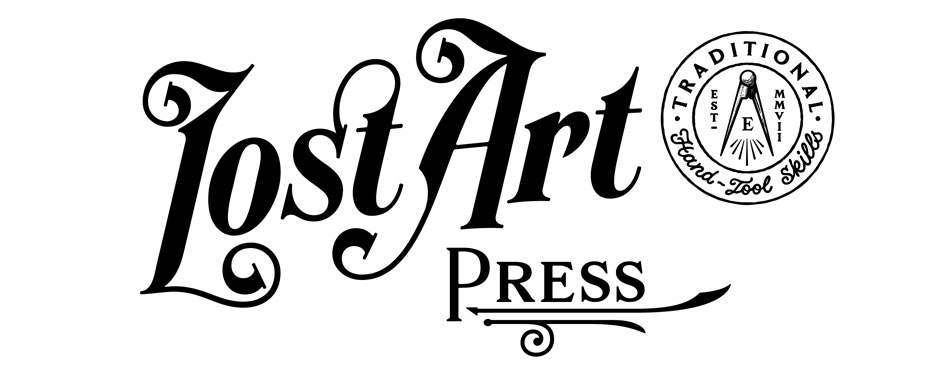
This is an experiment. A fair number of readers have asked us to restock the full-size chair wooden templates for the Staked Armchair from “The Anarchist’s Design Book.” We carried these templates for a couple years and discontinued them after sales cratered.
So we have done a short run of the templates to see if there is indeed interest in them.
The templates are $49 and come with six full-size laser-cut templates for making the four-stick Staked Armchair. Unlike our earlier templates, these are made from 1/8” Baltic birch so they will be more durable.

These templates are great for any beginning chairmaker. And many of the parts are compatible with the armchairs from “The Stick Chair Book.” The seat and arm shape is the same, as are the leg locations and stick locations. So the templates are a good place to start exploring chairmaking.
(FYI, we also carry full-size paper patterns for the five chairs in “The Stick Chair Book.” These need to be adhered to your own wood and cut out.)
The templates are laser cut in Ohio. If you want a set, don’t tarry. We might not stock these permanently.
— Christopher Schwarz






